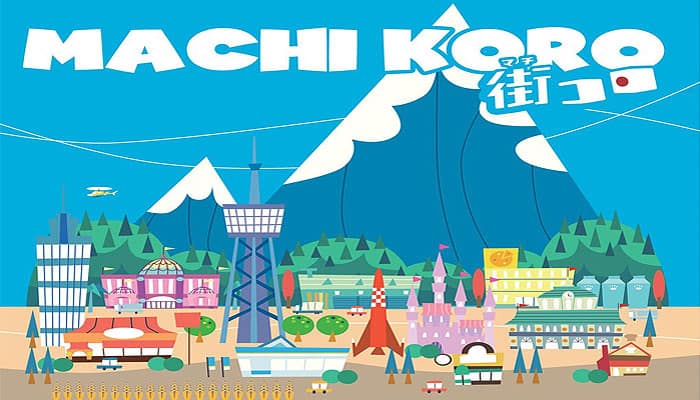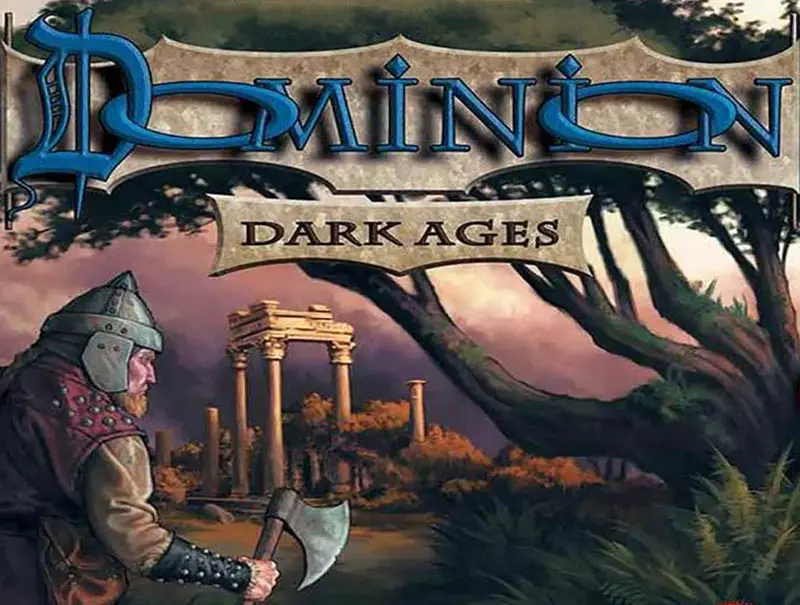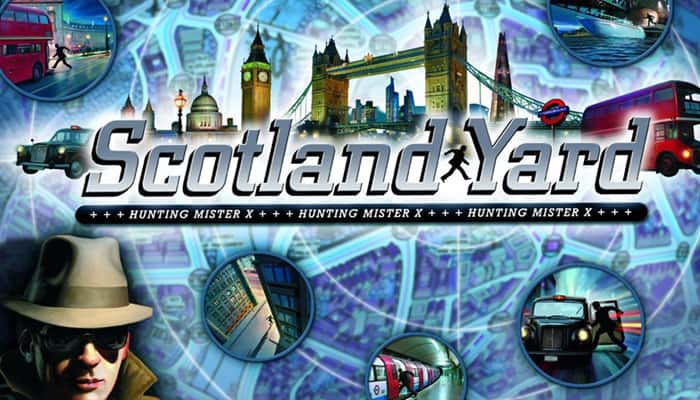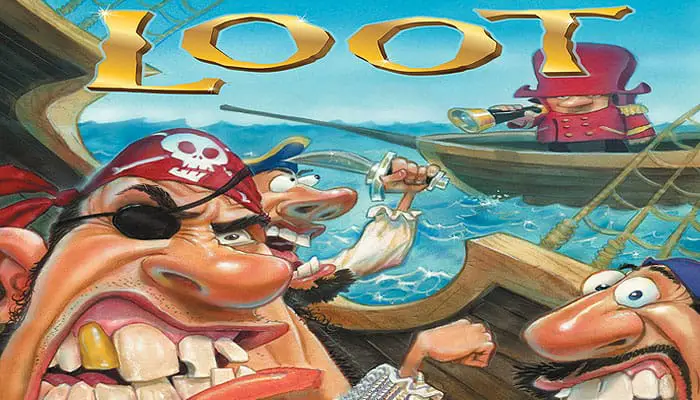
The game may be played either by 2 to 5 individual players or as a partnership game for 4, 6, or 8 players. The rules for partnership play are explained at the end of the standard rules.
Components
-
25 merchant ships The number of gold coins on each card indicates the value of its cargo. The combined value of all merchant ships is 100 gold, divided as follows: 5 twos, 6 threes, 5 fours, 5 fives, 2 sixes, 1 seven, and 1 eight.

-
48 pirate ships 12 each in 4 different colors - blue, green, purple and gold. The twelve ships of each color are divided into varying levels of attack strength, measured by the number of skull-and-crossbones on the card. The breakdown is as follows: 2 ones, 4 twos, 4 threes, and 2 fours. …

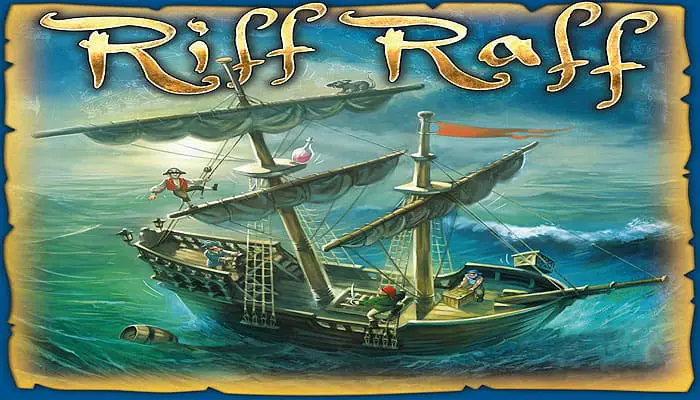
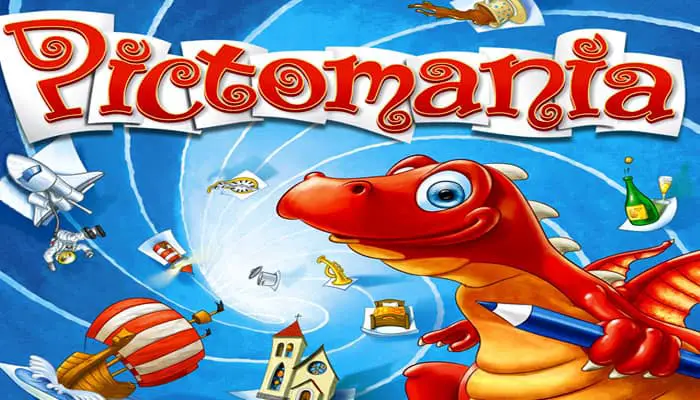


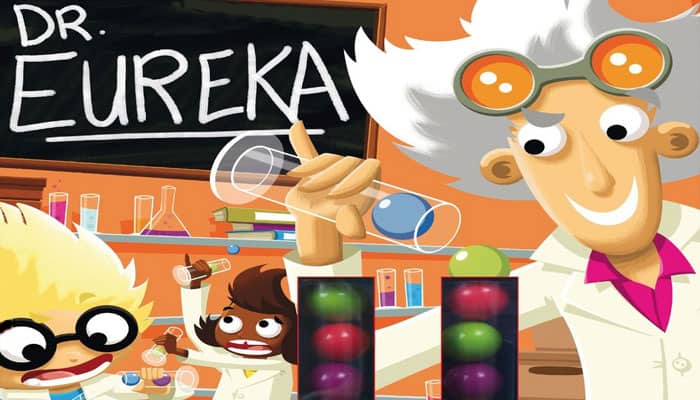





 . …
. …